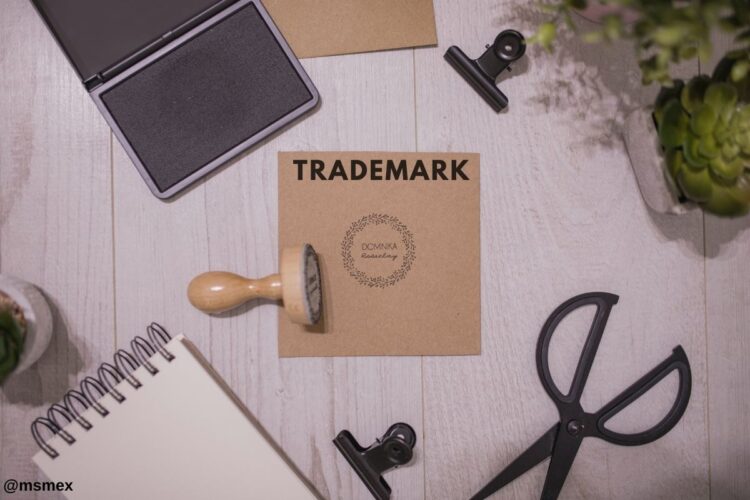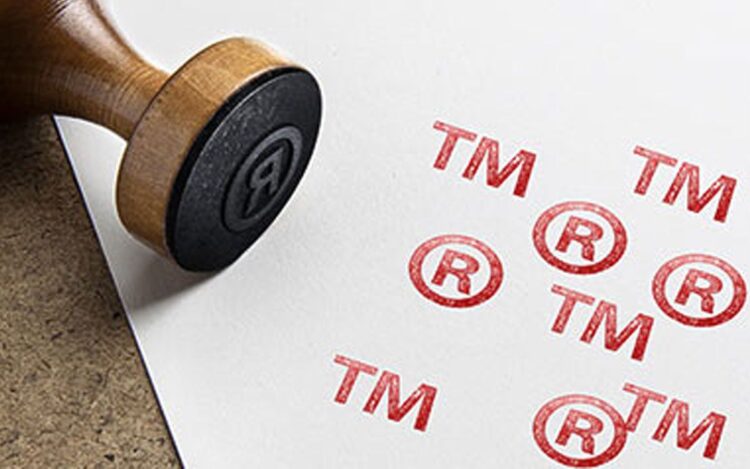Have you ever wondered if it’s a requirement to register a trademark in the USA? With so many laws and regulations in the US, it can feel almost impossible to keep up. But fear not – let’s dive into the wonderful world of trademarks and learn the ins-and-outs of trademark registration here in the USA!
Requirements for Registering a Trademark in the USA

Requirements for registering a trademark in the United States vary from state to state, but all federal registrations require that certain criteria must be met. Generally, registering or protecting a trademark in the USA requires:
- Choosing an appropriate mark: Trademarks must be unique and distinct to differentiate products and services of one business from those of another. They should have some level of recognition in terms of the products or services they represent; this implies that the mark must not be confusingly similar to another existing mark or too descriptive.
- Filing an application with the US Patent and Trademark Office (USPTO), which will conduct an examination on the application. The examination process usually takes between 10 to 12 months from submission to approval, though this period can sometimes take longer if there are any discrepancies with your application.
- Paying applicable fees associated with filing your trademark application and conducting a search for any potential conflicts with existing marks or businesses. Any formal objections by other companies must also be addressed before registration is finalized.
- Building and demonstrating ongoing use of your registered trademark: A USPTO-registered mark will only remain protected if it is actively used in commerce on various goods and services in association with its original intent as declared when filing registration paperwork; owners may lapse on their registration over time if adequate use is not demonstrated or simply fails to renew their registration when expiration occurs after five-year increments after approval date.
The Cost of Registering a Trademark in the USA

For individuals or businesses wishing to protect a brand, logo, slogan or other form of intellectual property (IP) in the United States, registering a trademark with the US Patent and Trademark Office (USPTO) may be an appropriate step. Though not mandatory under US law, registering it provides several advantages such as protection throughout the US and exclusive rights so that only you can use your IP.
The cost of trademark registration can vary greatly depending on circumstances. The basic fee to register a single class of goods or services is $250—$750 USD but certain additional fees may also apply for filing or maintaining a trademark registration. For example, when filing for a new application there are additional fees for special handling requests to speed up processing timelines and for registering multiple classes of goods/services if applicable. Maintenance fees such as renewals and extension fees are typically due after five years; failure to pay these fees on time will result in cancellation of your mark from the Register.
- International Trademark Application – additional filing fee apply if seeking protection in more than one country; and
- Maintenance costs – include monitoring services like those offered by InventHelp to protect registered trademarks federally and internationally.
In summary, though not mandatory under US law, it is typically advisable to register trademarks with the USPTO in order to secure exclusive rights and protection across all US jurisdictions. The cost associated with trademark registration includes the basic filing fee plus any potential ancillary costs related.
The Process of Registering a Trademark in the USA

To ensure that your brand name, logo, or slogan is legally protected against misuse and imitation, registering a trademark with the United States Patent and Trademark Office (USPTO) is recommended. Doing so will not only give you exclusive rights to the use of your mark throughout the country and will allow you to take legal action in response to potential infringements.
The process of registering a trademark in the USA requires several steps. Firstly, it’s important to conduct a comprehensive search of existing registered trademarks using either USPTO’s database or through an online service provider. This is to make sure that no similar marks have already been registered within the United States.
Following this, an application must be made with USPTO, providing details of the mark such as the name and description, as well as any relevant background information on its use – such as whether products bearing it were previously sold in commerce. A fee is then required for processing the application, which can take up to three months for approval. Once approved, a ‘Certificate of Registration’ will be issued by USPTO and added to their public records database – lending further protection and recognition of ownership rights over your work.
It’s also worth remembering that while trademarks are valid indefinitely in theory – they must be renewed every 10 years from their initial registration date once renewed federally within six months before expiration from foreign filing registrations elsewhere if applicable.
Finally, there may be certain situations where you encounter opposition or invalidity due during pre-registration search – In such cases, it may require extensive legal intervention (either arbitration or litigation) for any exceptions, ultimately per jurisdiction.
Common Mistakes to Avoid

Although there is no mandatory requirement to register a trademark in the United States, there are significant benefits to doing it, including greater protection against infringement and a greater ability to pursue and enforce your rights. However, when registering your trademark, it is important to take steps to properly register it in accordance with US law.
The following is a list of common mistakes to avoid when registering a trademark in the USA:
-Failing to conduct an exhaustive search for similar marks: Registering a mark that has already been registered can result in your application being denied or later challenged by another party. It is important to check existing legal databases for existing marks before submitting an application.
-Choosing an overly generic term: If you choose an overly generic term as your mark, this could impede its registration as it may be too closely associated with the product itself rather than being linked only to your business or brand.
-Omitting necessary information from the application: Failure to provide all necessary information can lead to delays in processing and even denial of the application. US law requires specific types of documents that must be included with any applications made under federal statute; omitting some of these documents could cause serious problems later on.
-Filing without considering state rights: Although federal registration provides broader protections, state laws also protect trademarks within their borders. Failure to file any necessary state filings could leave owners vulnerable in those states where they have not filed or failed to include necessary details when filing.
-Failing to keep records up-to-date: The USPTO requires owners of trademarks submit specimens demonstrating how their trademarks are used in commerce; failure to update these records periodically can weaken the owner’s rights over time if not corrected quickly enough.
Conclusion
In summary, it is not mandatory to register a trademark in order to obtain legal protection in the US. However, registration of your trademark with the USPTO is highly recommended since it can strengthen your rights and make them easier to enforce. In addition, registration can help prevent others from using or registering a mark that is similar or identical to yours. Filing for a trademark should not be taken lightly and should be done properly in order to ensure that you obtain the maximum amount of protection for your mark.







